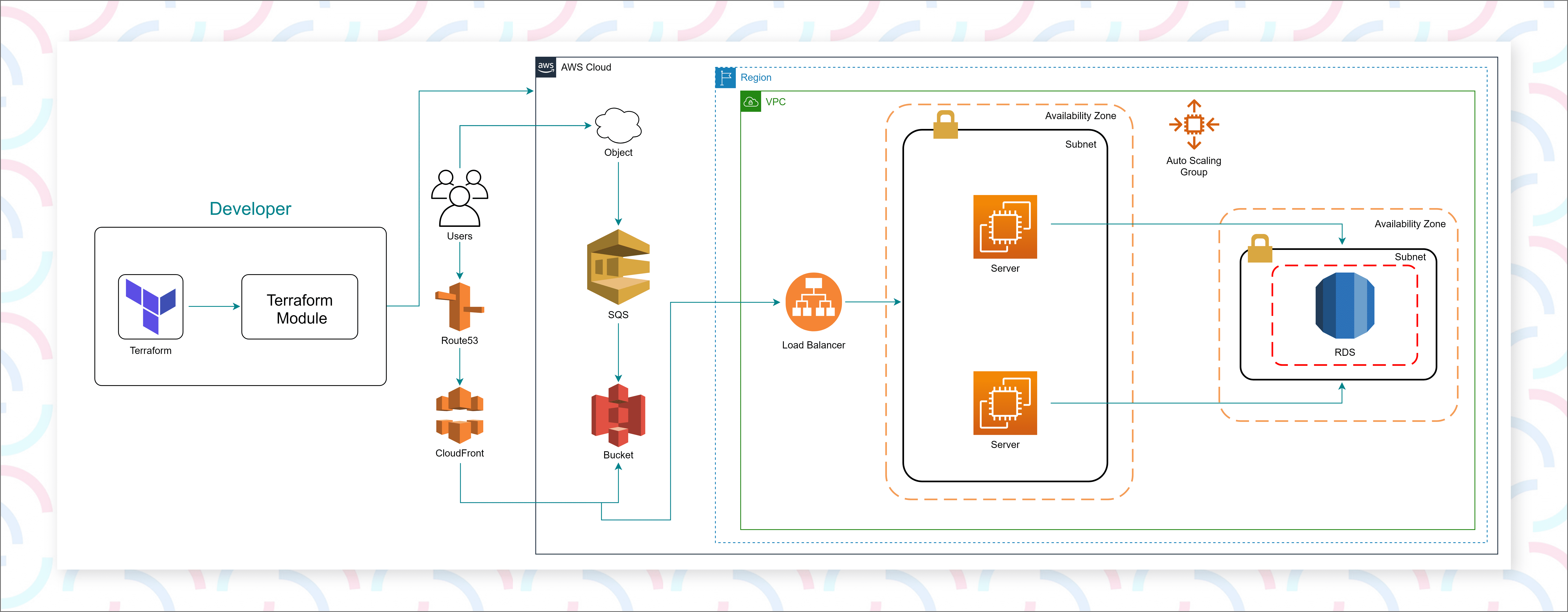Overview
A comprehensive platform for individuals from diverse backgrounds to explore, create, promote, and monetize their documentary stories early on.
At A Glance

Industry
Entertainment

Region
UK

Duration
4 Weeks
Technical Stack









Client Profile
The client is a UK-based prominent entertainment company known for its captivating and high-quality shows and stories, specializing in early-stage content monetization through the utilization of cutting-edge technologies.
Challenge
- The client faced significant challenges in effectively managing multimedia data, including audio and video files, during their live shows, leading to operational difficulties and inefficiencies.
- The client was facing a critical challenge in their infrastructure, as it lacked the necessary capability to seamlessly convert between various video and audio file formats. This limitation significantly impedes their ability to handle multimedia content efficiently and may result in compatibility issues and time-consuming manual conversions during live shows.
- The client faced persistent difficulties in retrieving files uploaded by users on their site. These files often failed to appear in the designated S3 storage location, causing significant disruptions and hindering the client's ability to access and utilize important user-generated content effectively.

Solution
- Seaflux developed a user data script that seamlessly installs and configures FFmpeg, a powerful multimedia framework, during the launch of AWS instances. This script is implemented as a Linux script using Packer to build custom images. By leveraging Terraform, Seaflux automated the deployment process and ensured consistent and reliable multimedia conversion between different formats. This solution enhances operational efficiency and effectively manages audio and video files, empowering the client to deliver seamless and high-quality live shows.
- Seaflux conducted a detailed analysis of the client's architecture and application to address the infrastructure's lack of seamless multimedia conversion capability. By implementing cron, a time-based job scheduler, Seaflux enabled the client to schedule commands or scripts for specific intervals or times, eliminating compatibility issues and reducing manual conversions during live shows.
- Seaflux improved the client's system by refactoring the script responsible for running cron jobs and configuring it to continuously run as a daemon. This ensured the smooth operation of the SQS (Simple Queue Service) configuration, allowing efficient storage of user-uploaded objects in the designated S3 storage. As a result, the client overcame persistent file retrieval difficulties, enabling seamless access and utilization of important user-generated content.
- AI recommendation systems analyze user data, including preferences, viewing history, and ratings, to generate personalized suggestions for new shows. Collaborative filtering and content based recommendation systems are used, helping users discover new content and enhancing user engagement and satisfaction.
Key Benefits
- By seamlessly integrating the user data script into Terraform, the system became highly adept at handling larger workloads, resulting in faster and more effective multimedia processing that increased the system efficiency by up to 30%.
- Seaflux's implementation boosts system performance by 30%, enhances reliability, enables seamless object storage and retrieval, and increases productivity by 25%. It also reduces downtime by 20% and data management processes become more streamlined, improving efficiency and operations.
- The implementation of infrastructure as a code (IaC) to automate deployment has led to a 20% reduction in downtime, resulting in a 9% increase in content viewing time.
- The implementation of FFmpeg empowers the client with the ability to effortlessly handle diverse video and audio formats, facilitating users to choose between their favorite file types. The advanced optimization improved performance by up to 20%, enabling faster transcoding and rendering that resulted in reduced buffering and smoother playback. The overall impact was the number of stories uploaded increased by 13%.
Develop your next idea with usGet in touch






